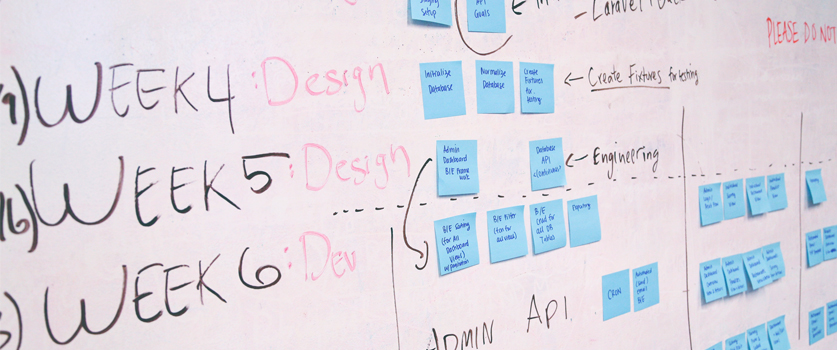As a regular part of our working lives, we’re hit with an onslaught of urgent requests, a never ending flow of new priorities, and for many, the challenge of meeting all of these demands while working within the constraints of limited budgets and timelines.
When you don’t truly understand the what and the why behind the requests, matters are made worse… Your days are random chaos. You’re keeping as many plates spinning as you can and doing everything you can to keep those plates from falling and crashing….and you’re doing it over and over again. and rushing off to the next. Sound familiar?
Most likely it does, so what can you do about it? Whether you’re an account or project manager, the main point of contact working with an agency, or a team member answering to your manager, the first place to start is to determine what type of request you are dealing with because, as this article presented by Forbes so eloquently states, “When Everything is Urgent, Nothing Really Is”.
Laying Out Your Priorities
Okay, so let’s make the assumption you already have an existing list of priorities or projects you’re working on in one manner or another, and it is your job to get them all done as fast as possible and, more than likely, without any new budget.
A simple tool that I have found extremely beneficial is to create a system that helps provide clarity around the ask and the and value for both your company and your customers:
- Start with a simple spreadsheet and in column A list all of your priorities/ projects/ requests
- Label Column B as “Business Goals”
- Label Column C as “Customer Benefit”
- Label Column D as “Timing Impact”
Determine a Ranking System
Now, take a few moments to rank each item listed in column A against how they align or ladder up to a business goal you’re attempting to achieve. Next, determine if achieving this priority will provide benefit to your customers. Then, assess what the overall impact would be if this priority was tackled right this moment, as opposed to a later date, using this ranking system:
3= Top priority with an immediate and defined impact
2= High priority, but limited immediate impact if done later
1= Defined as a “priority”, but ask and/ or impact is not really defined or has no impact if done at a later time
Next, sum up your totals of Columns B, C, and D:
| Priorities | Business Goals | Customer Benefit | Timing Impact | Priority Value |
|---|---|---|---|---|
| Priority 1 | 2 | 2 | 1 | 5 |
| Priority 2 | 3 | 3 | 3 | 9 |
| Priority 3 | 1 | 1 | 1 | 3 |
| Priority 4 | 2 | 2 | 3 | 8 |
| Priority 5 | 2 | 2 | 2 | 6 |
The above example is derived from actual results from this exercise as we used it for a client juggling multiple marketing initiatives and felt passionately that all of their requests held the same weight and value and absolutely needed to get done right away.
After doing this exercise, we quickly realized that their priorities were in the wrong order and one in particular, Priority 3, never even received a solid defense as to why it was considered so critical or what the value would be for their business or customers. Overall, approaching our task list this way led to some great discussions between our teams and for them internally.
Note: You can also use this tool for internal projects by interchanging the terms “Business Goals” and “Customer Benefit” with terms such as, “Department Goals” and “Team Benefit”, as examples.
Weigh & Assess Your Results
Hopefully, this model provides you with a valuable tool for establishing a more objective point of view to help put things in perspective and begin organize your tasks into a coherent plan while ensuring your priorities are properly set to provide the highest value and impact by giving you the power to:
- Determine if your priorities are in the correct order
- Identify where gaps of clarity or misalignment may be occurring and to proactively identify where more in-depth discussions are needed
- Evaluate if a priority is worth adding new budget to, taking budget from an existing priority, or can it wait until more budget or time is available
- Discuss if your business goals are aligned with your priorities or if you’re even working with defined goals
- And, maybe most importantly, are your priorities delivering what your customers need and expect from your company and/or product? If not, then why are you in business in the first place?
In the end, if nothing else, this model and approach has helped me and my clients to pull back from a more reactionary state of being and has led to more productive, insightful, and fully-aligned discussions. In some cases, this has helped identify if business goals are properly defined and whether they are matching the projects that are being deemed priorities and, even more importantly, whether your team even knows what your business goals are in the first place.
In an upcoming post, I will be elaborating on the topic of just how you are defining what benefits your business’ goals and priorities are providing to your customers. For now you can consider the thought, are you as a business dictating what your customers need and want, or are you actually asking them?













